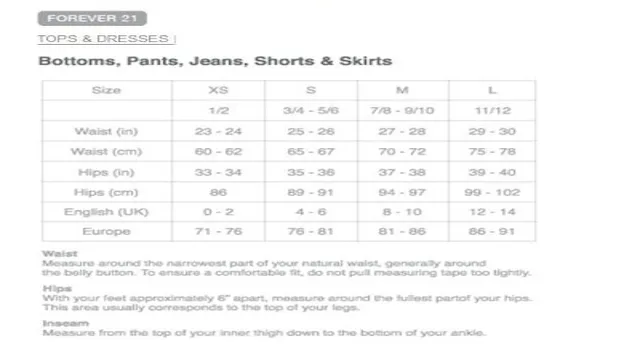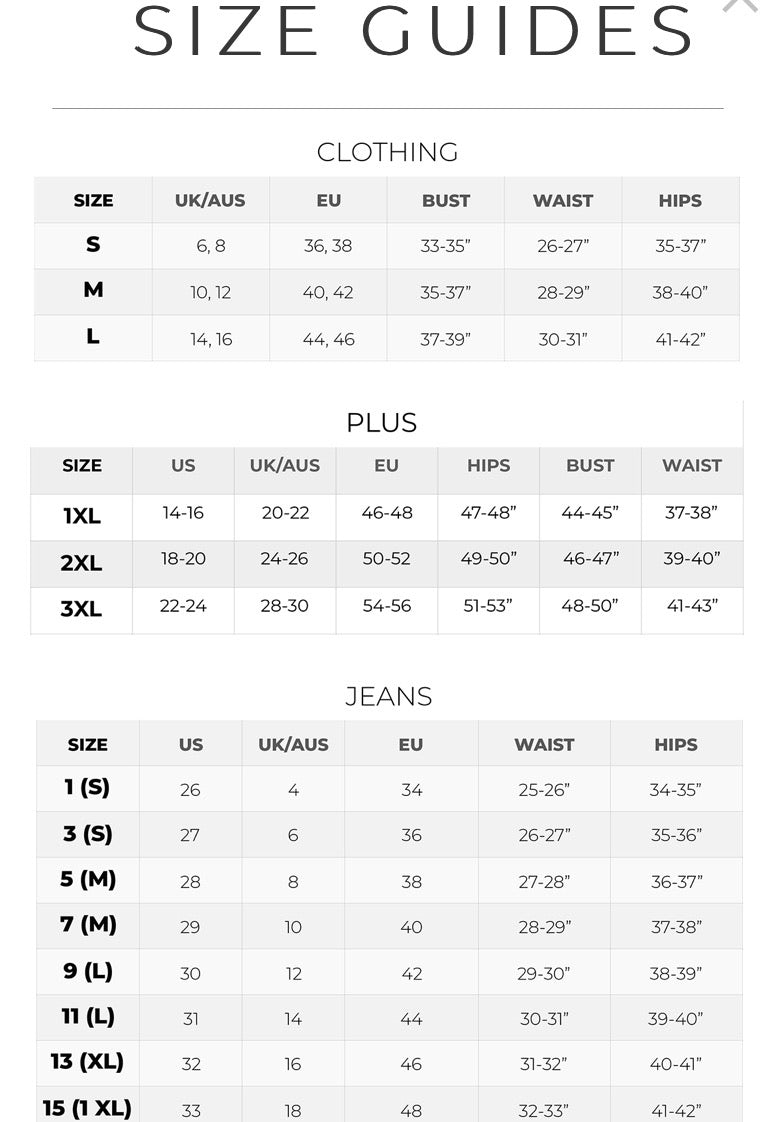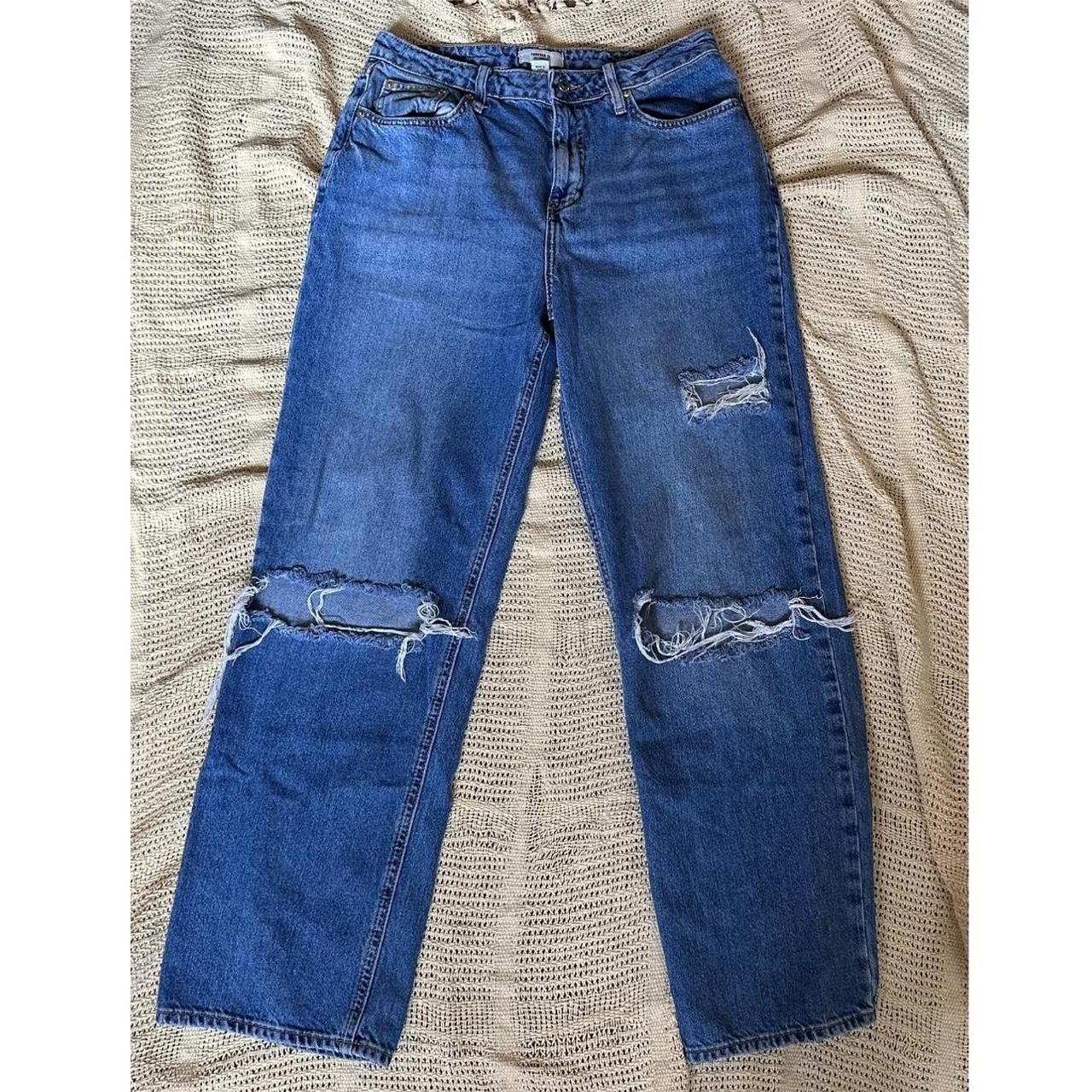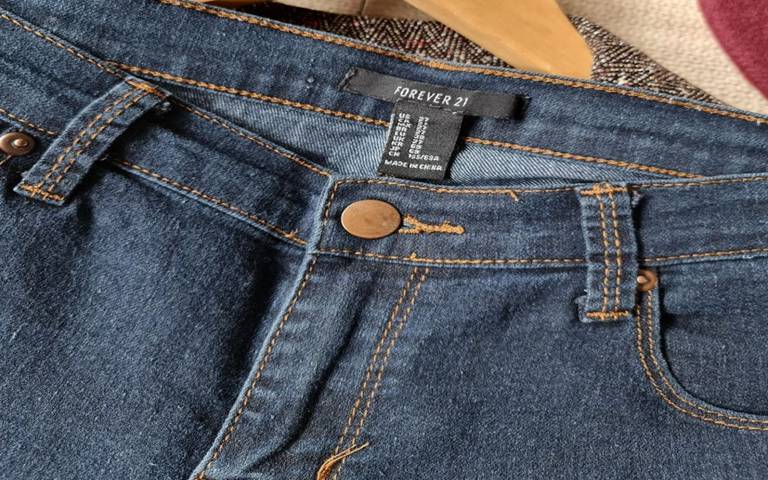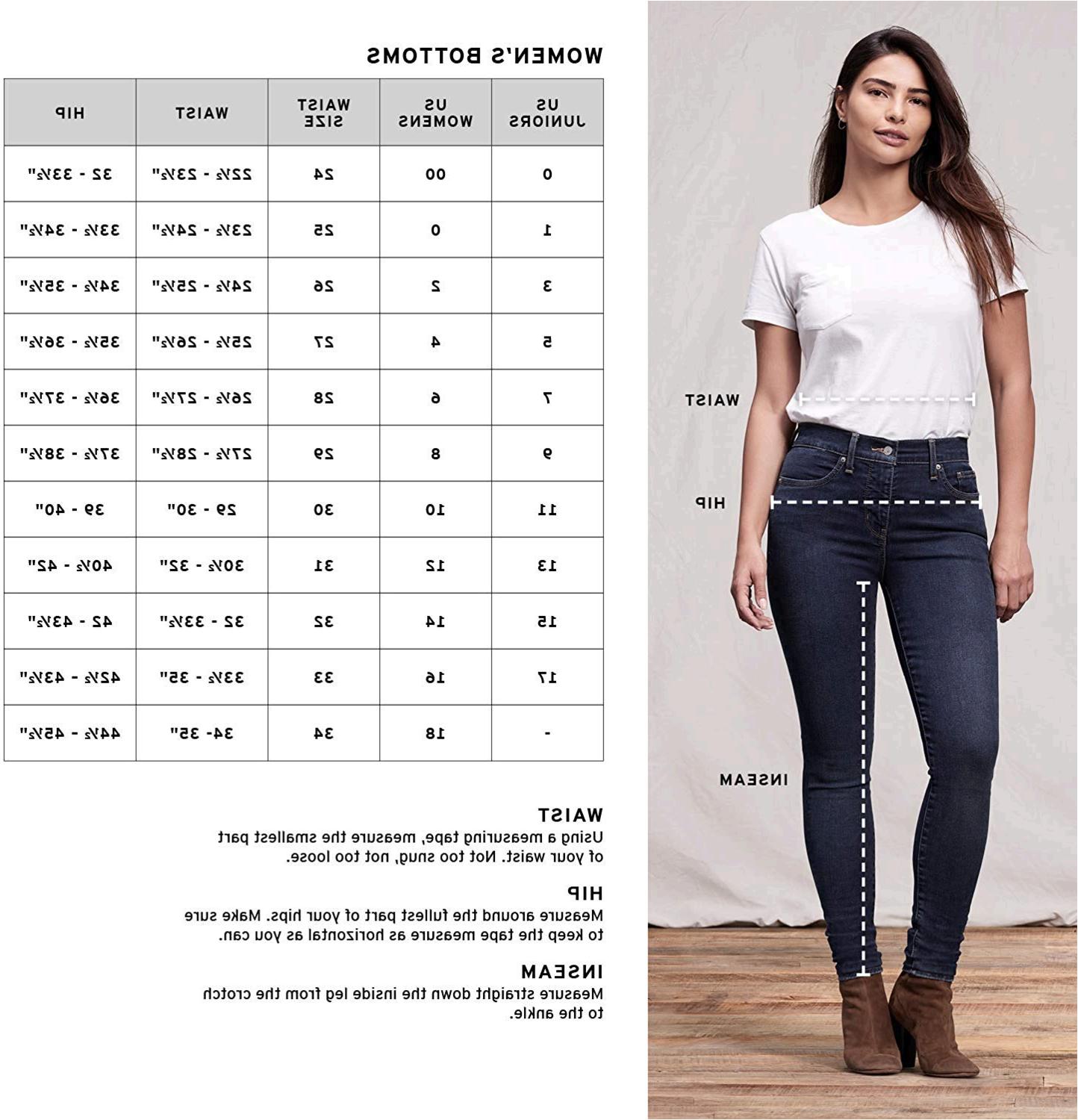What Is A Size 28 In Forever 21 Jeans

Navigating the world of clothing sizes can feel like deciphering a secret code, especially when dealing with retailers known for inconsistent sizing. For shoppers seeking a "size 28" in Forever 21 jeans, the experience can be particularly frustrating, leaving many bewildered and questioning the true meaning of the label.
The challenge lies in the fact that size designations across different brands, and even within the same brand, often fail to adhere to a standardized measurement system. This article delves into the complexities surrounding Forever 21's sizing, specifically addressing what a size 28 in their jeans typically translates to in terms of actual measurements and how it compares to industry averages and other brands.
The Elusive Size 28: Deciphering Forever 21's Sizing
Forever 21, a fast-fashion retailer, has faced criticism for its inconsistent sizing practices. Understanding what a size 28 really means requires looking beyond the label and focusing on actual measurements.
In Forever 21 jeans, a size 28 typically corresponds to a waist measurement of around 28 inches. However, this is not always a hard and fast rule, and variations can occur based on the specific style of the jeans.
Comparing Measurements to Industry Standards
The American Society for Testing and Materials (ASTM) provides voluntary sizing standards for clothing. These standards serve as a guideline for manufacturers, but adherence is not mandatory.
A true size 28 in women's jeans, according to some standardized charts, should indeed have a 28-inch waist. Yet, discrepancies frequently arise, with Forever 21 often running smaller than other brands that adhere more closely to ASTM standards.
Consumers have reported needing to size up one or even two sizes in Forever 21 to achieve a comfortable fit. This highlights the importance of trying on garments whenever possible or carefully reviewing size charts before making a purchase.
Factors Influencing Sizing Variation
Several factors contribute to the sizing inconsistencies observed across different brands and styles. Fabric composition, cut, and manufacturing processes all play a role.
Jeans made with stretch denim may fit differently than those made with rigid denim, even if they share the same size label. Similarly, different cuts, such as skinny jeans versus boyfriend jeans, will naturally have varying measurements in the hips and thighs.
Manufacturing tolerances also contribute to variations. Slight differences in cutting and sewing can result in subtle but noticeable differences in the final product.
Consumer Experiences and Sizing Strategies
Many shoppers have taken to online forums and social media to share their experiences with Forever 21's sizing. The consensus is that inconsistency is a common issue.
Some recommend reading online reviews before purchasing to gauge whether a particular style runs small, large, or true to size. Others suggest comparing the measurements provided on Forever 21's website to the measurements of jeans that already fit well.
Ultimately, the best strategy is to try on the jeans in person or, if ordering online, to carefully review the return policy in case the fit is not as expected.
The Future of Sizing: Toward Standardization?
The persistent confusion surrounding clothing sizes has prompted calls for greater standardization within the fashion industry. Some initiatives are underway to promote the adoption of more consistent sizing practices.
However, achieving true standardization remains a challenge due to the diversity of body shapes and the varying aesthetic preferences of different brands. The use of 3D body scanning technology could potentially lead to more accurate and personalized sizing in the future.
Until true standardization becomes a reality, consumers will need to continue relying on a combination of measurements, reviews, and trial-and-error to find the right fit, especially when shopping at retailers like Forever 21 where sizing can be unpredictable.



